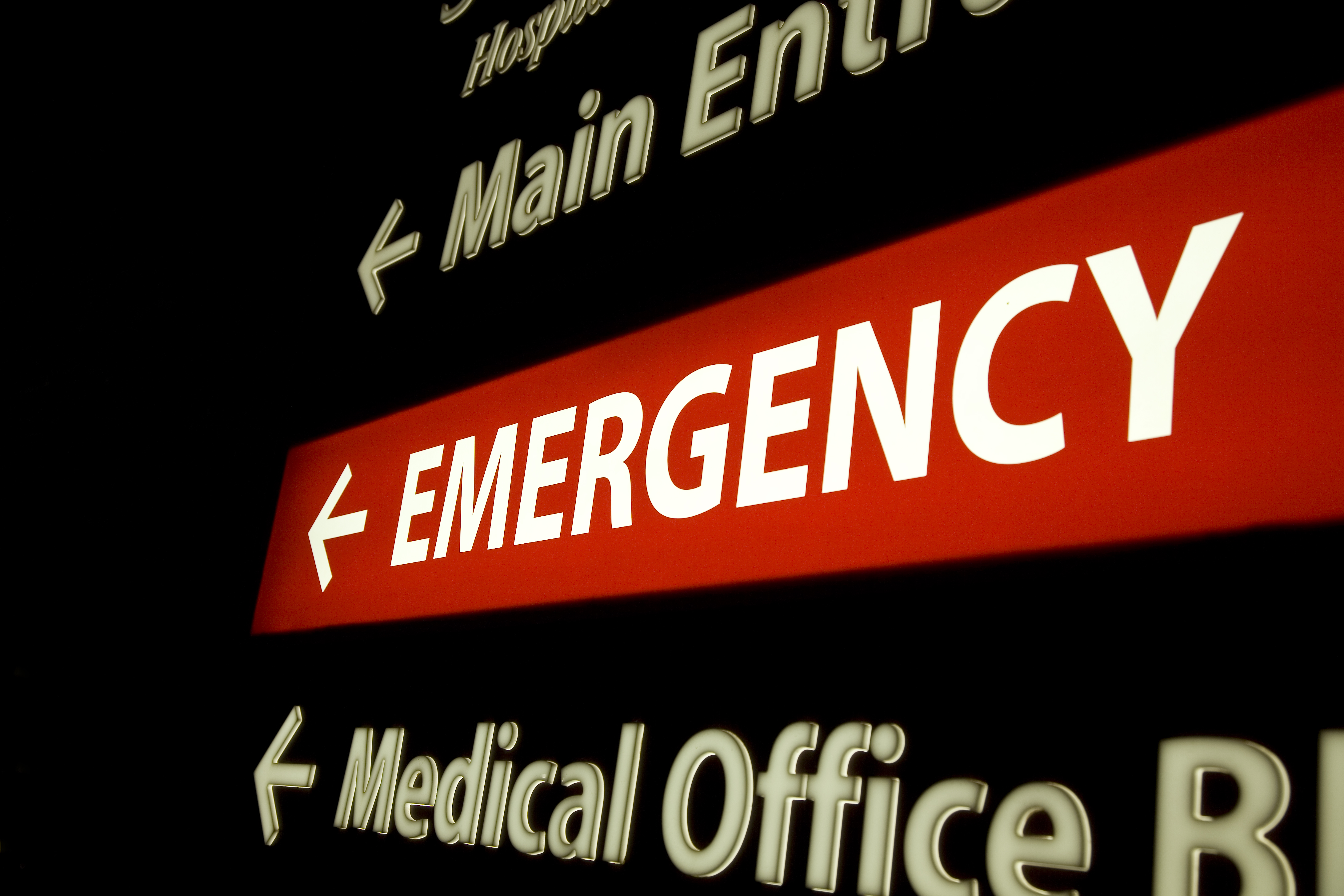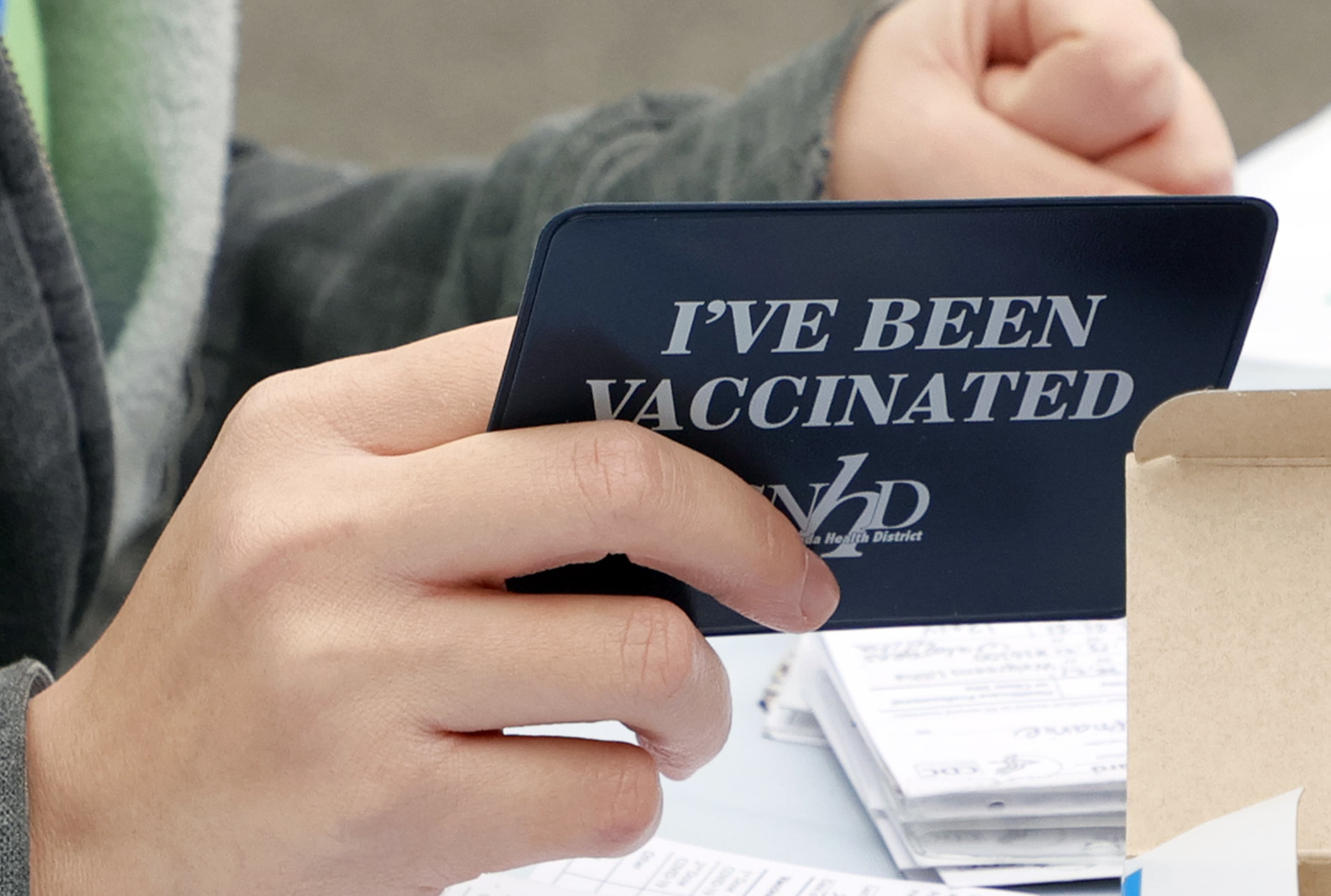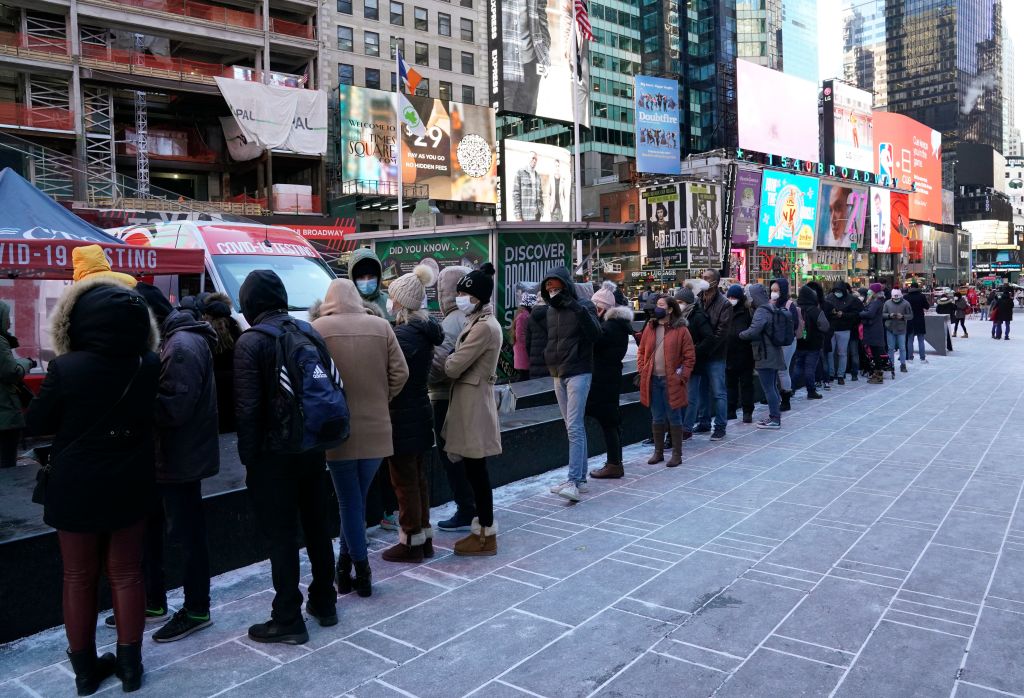The CDC recently announced changes to its COVID quarantine guidance, shortening the isolation window to five days for Americans who catch the virus and have no symptoms or only brief illnesses.
Isolation should only end if a person has been fever-free for at least 24 hours without the use of fever-reducing medications and if other symptoms are resolving, the agency added. It similarly shortened the time that close contacts need to quarantine, from 10 days to five, citing evidence that people with the coronavirus are most infectious in the two days before and three days after symptoms develop.
Even with this new data, though, omicron-fueled COVID hospitalizations are soaring, locally and across the country. And the CDC has faced some backlash for not including a testing requirement in its updated guidance.
So what's the ideal isolation time if you're COVID-positive or exposed during this omicron surge?
Get Tri-state area news and weather forecasts to your inbox. Sign up for NBC New York newsletters.
Manhattan emergency room physician Dr. Craig Spencer, who has been documenting his experience with COVID patients at his hospital throughout this latest wave, shared a Twitter thread late Tuesday from Brown's dean of the School of Public Health, Dr. Ashish K. Jha, a noted researcher and Columbia undergrad.
Jha answers the isolation question with four simple scenarios, all of which are contingent upon rapid antigen tests being "cheap and ubiquitous." (New York has made efforts to make millions of them free, so they're more available already in this state than others, even as retailers look to raise their prices for at-home kits.)
- Isolate for first five days
- Then test daily
- If you're negative for at least two days, you're good to go. End the isolation.
- Positive? Keep quarantining until you get two negative tests or for 10 days.
"I think it's that simple," Jha tweeted.
There is some wiggle room, as well.
According to Jha, who has medical and master of public health degrees from Harvard and has been an elected member of the National Academy of Medicine since 2013, two consecutive negative tests "lets you be super confident" but a single negative test after five days of isolation is "still quite helpful."
What if there's no test available?
For fully vaccinated people, Jha recommends five days of isolation and, if you're symptom-free after that, "diligently wearing a high-quality mask at all times around others."




